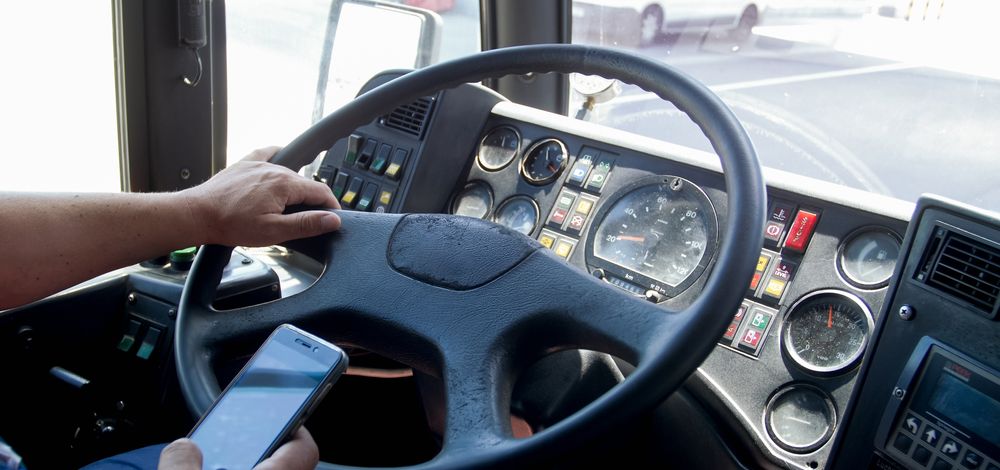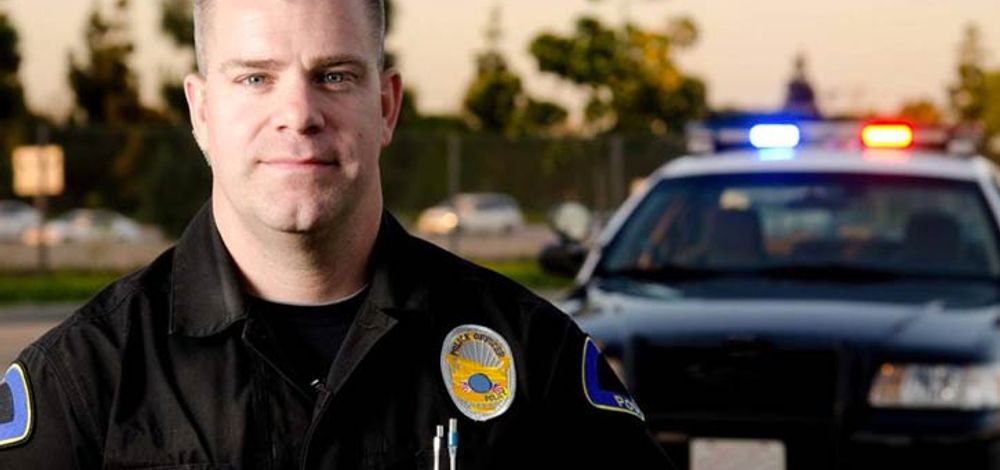
Who Was Henry Bliss?
According to the Smithsonian Magazine, Henry Hale Bliss was a real estate dealer living in New York City at the turn of the 20th century. This would be relatively unremarkable to us now, if not for the fact that as he was exiting a public streetcar in 1899, he was struck and killed by the driver of an electric vehicle. While in 2023 we are all too familiar with pedestrian fatalities on the road, at that time Henry Bliss became the very first recorded person killed by what was then known as a horseless carriage, and what we now know as a car.
The significance of Henry Bliss’ death is the legacy that follows. From policymakers to fleet managers, people continue to grapple with the best solutions to keep people safe on the road in and out of cars without compromising our ability to freely travel for work or pleasure. The struggle is evident in the uneven progress of road safety in the ensuing years.
Road Safety in the Last Century
A lot has changed since Henry Bliss lived. Statistics from the World Economic Forum show that from the earliest data available in 1960, there were 5.1 fatalities per 100 million miles driven in the United States. Now, six decades later, that number is down to 1.1 fatalities per 100 million miles, a 78% percent decrease even as the total number of miles driven has more than tripled. This huge achievement is thanks in large part to two major life-saving advancements: the seatbelt and the airbag. While seatbelts and airbags have both undergone several iterations since their initial debut, they have together saved countless lives since their adoption and have been mandated in all vehicles on the road since 1973 and 1998 respectively. But even in their most effective form, these features do not protect people outside of cars, and are not enough to prevent all fatalities. And perhaps most importantly, advancements like seatbelts and airbags do nothing to prevent collisions from happening in the first place.
Pedestrian Fatalities
Even with the downward trend in automobile related deaths over the past century, pedestrian fatalities in the United States are still alarmingly high and continue to rise at a faster rate than those in other similarly developed nations. In 2022, the Governors Highway Safety Association (GHSA) reported that US pedestrian fatalities had risen to their highest level in 40 years, with over 7,485 people on foot killed by drivers in 2021, an average of 20 deaths per day. According to GHSA Executive Director Jonathan Adkins, a solution to this crisis must go straight to the source. “We must address the root causes of the pedestrian safety crisis – speeding and other dangerous driving behaviors, inadequate infrastructure, and roads designed for vehicle speed instead of safety – to reverse this trend and ensure people can walk safely.”
This is easier said than done, given the economic and social demands that lead to more drivers on the road every year, and a lack of consensus among policymakers on how best to promote growth alongside safety. Thankfully, new technology continues to be developed that can play an important role in securing a safer future behind the wheel for American drivers and pedestrians.
Pedestrian Safety and Collision Avoidance Technology
Protecting pedestrians with Mobileye collision avoidance technology is based on the notion that in order to protect pedestrians, you first have to be able to detect them. This principle underlies the computer-vision driver-assistance technology we develop to safeguard the most vulnerable of road users.Mobileye collision avoidance technology enables an array of driver-assistance features designed to keep pedestrians safe from being hit by moving vehicles. These features include Forward Collision Warning (FCW), which gives drivers life-saving seconds of reaction time when they’re in danger of striking pedestrians, cyclists, and other road users, for example due to distraction. To help protect pedestrians from large vehicles such as buses and trucks, which have large blind spots, Mobileye Shield+™ is equipped with our standard collision-avoidance features and cameras mounted on the vehicle’s sides, to warn drivers of road users in the blind spots on the vehicle’s left and right.
A plaque placed at West 74th Street and Central Park West in New York City commemorates Henry Bliss’ death, reading “This sign is erected to remember Mr. Bliss’ untimely death and to promote safety on our streets and highways.” With every collision avoided with Mobileye technology and safety solutions, we are upholding the value of promoting safer roads.





